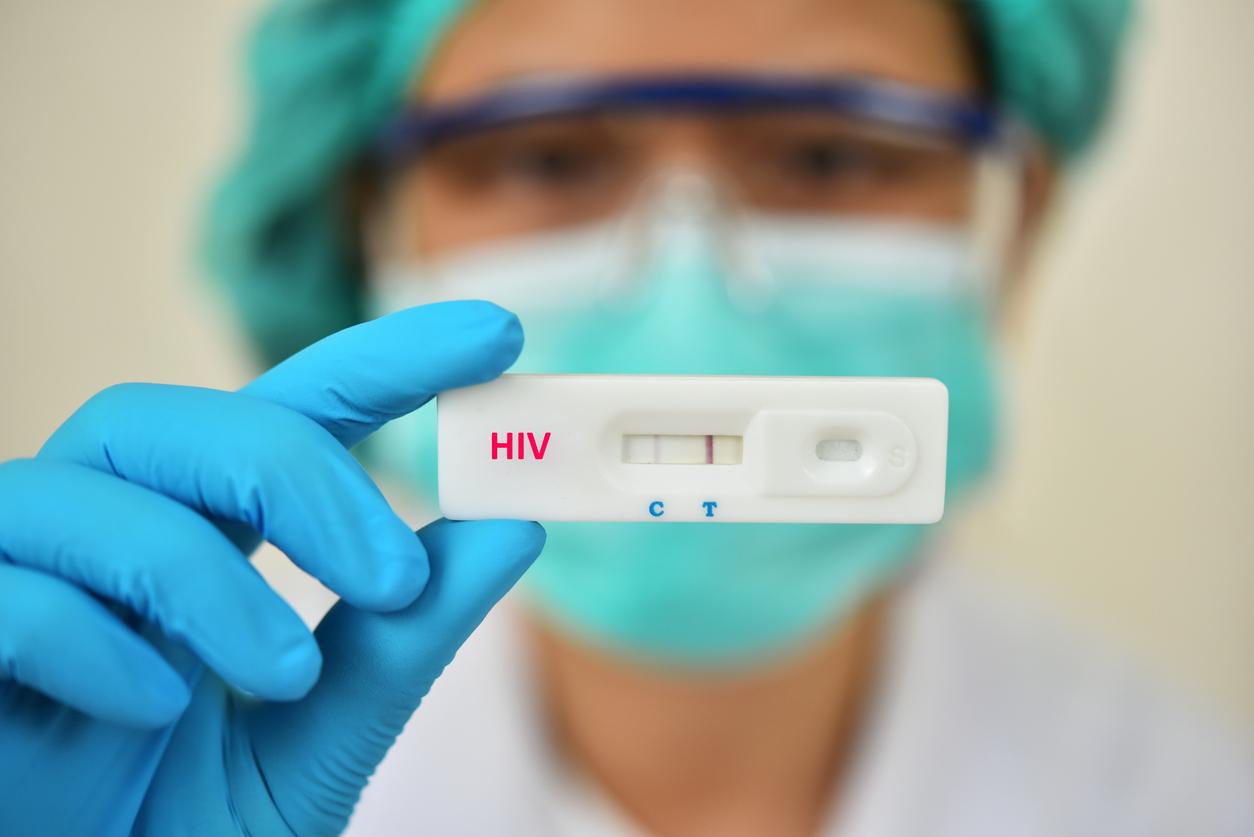Most antibiotics used to treat common childhood infections, such as pneumonia or sepsis, are now less than 50% effective.

- Antibiotic resistance refers to the fact that some bacteria become resistant to these drugs.
- According to a study, many antibiotics used in children have lost effectiveness because of this phenomenon.
- Its authors call for working on new formulas and developing new guidelines.
Antibiotic resistance is one of the most serious threats to global health, according to theWorld Health Organization. According to a study by the University of Sydney, it already has serious consequences on children’s health: many antibiotics used to treat infections that affect young children are less than 50% effective. This work is published in Lancet South East Asia.
Childhood infections: what is antibiotic resistance?
“Antibiotics are medications used to treat and prevent bacterial infectionsrecalls the WHO. Resistance occurs when bacteria evolve in response to the use of these drugs.” She specifies that it is not humans or animals that become resistant, but bacteria. “They can then cause infections in humans or animals that are more difficult to treat than those caused by non-resistant bacteria.” According to the organization’s data, three million children suffer from sepsis each year, and 570,000 die from it. The lack of effective antibiotics to treat these infections with resistant bacteria is one of the causes of these deaths.
Antibiotic resistance and childhood infections: Asia is largely concerned
The study analyzed more than 6,500 bacterial isolates to examine the antibiotic susceptibility of common bacteria causing childhood infections. According to the authors’ findings, most drugs intended to treat common infections in children and babies are no longer effective enough in many parts of the world due to bacterial resistance. But certain areas of the globe are more affected. “The most severely affected regions are in Southeast Asia and the Pacific, including neighboring Indonesia and the Philippines, where thousands of child deaths due to antibiotic resistance occur each year.specify the authors.
Less effective drugs to treat childhood infections
Their work shows that one antibiotic in particular, ceftriaxone, is now only effective for one in three cases of septicemia or meningitis in newborns. This antibiotic is also used to treat other infections in children such as pneumonia and urinary tract infections. Their analysis shows that another antibiotic, gentamicin, has lost effectiveness: less than half of cases of septicemia and meningitis in children can be treated with this drug. “Gentamicin is commonly prescribed alongside aminopenicillins, which research has shown are also poorly effective in fighting blood infections in babies and children.”underline the authors.
Antibiotics and childhood infections: the necessary update of the recommendations
For these scientists, it is essential to update global guidelines on the use of antibiotics because they are now outdated. “The most recent guideline from the World Health Organization was published in 2013., they specify. Dr Phoebe Williams, from the University’s School of Public Health and the Sydney Institute of Infectious Diseases, lead author of the study, points out that antibiotic resistance is more problematic in children because newer drugs are less likely to be tested on them and made available to them. For her, in parallel with new recommendations, it is urgent to find new remedies to treat childhood infections. “The burden of antimicrobial resistance falls on our shoulders”she recalls.

















